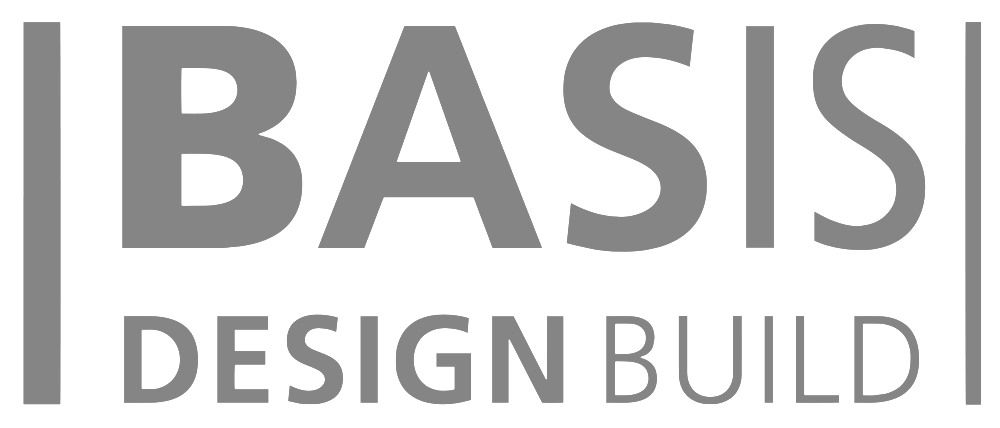KELVIN BROWNE
THE NATIONAL POST - SEPTEMBER 29, 2005
Design/build team can ease the pain of creating a house
If you’ve ever built a house, you know that a lot can happen between finalization of plan and budget (often after months of anguish) and the project’s completion. The “design-build” approach recognizes the construction phase of a residential project is really another part of the design phase. Acknowledging reality is good if you’re building a home.
With design-build, clients work with one firm that both designs and builds the house or addition. It usually involves a set fee or series of fees for various stages of the project, including one related to the cost of construction. The client can bail out at any time. Typically, a homeowner deals with one person who either acts as the designer/contractor or, in a larger firm, is the point person for both functions. From the client’s perspective, there’s no handover between architect or designer to a contractor. It’s a package deal.
“The design-build approach allows me to execute an idea, to realize what an owner wants, and still be flexible enough to make the most of the budget when opportunities present themselves or when a client changes their mind about a house as it’s built,” says John O’Connor, owner of Toronto-based Basis Design Build. John’s a friend and, in several cases over the years, I’ve seen him turn what could have been an ordinary reno into architecture through the combination of his design and construction ingenuity. Clearly, his familiarity with construction informs his design work and vice versa. Work with a design-build firm, and a homeowner is more likely to avoid the expensive bickering between an architect, who claims the contractor has no finesse, and the contractor, who claims the architect is a dreamer with no practical sense of building and budget.
Most of the design-build firms I’ve noticed specialize in traditional homes. For example, one of the best known, and at the very, very high-end of the business, is J.F. Brennan Design/Build, a company associated with many of the city’s (and Palm Beach’s) newest mansions. Impeccable houses but … traditional.
“One of the reasons I began my business is that I wanted to build contemporary homes,” O’Connor says. “People can be intimidated by building a new house, and particularly a contemporary-style one.” He’s right. It’s difficult enough for people to contemplate building a new house when the style is familiar and the construction components are relatively predictable. But a contemporary house! Who knows what you could be getting into and what could happen when you try to build it.
O’Connor graduated from architecture school at the University of Waterloo in 1987, went on to work in Arthur Erickson’s office, and then did a stint with a firm in Italy. Corporate architecture was not for him. “I’m not the sort of architect that enjoys a large office,” he says. “I like having a direct, ongoing connection to a client and following a project all the way through.” O’Connor’s first design-build opportunity came in 1996 when he extensively renovated a house for himself in Toronto. He opened his company, Basis Design Build, two years later.
What are the advantages for a homeowner of a design-build approach? “For the client, one team is accountable for the entire project. The design can be fine-tuned as the project is underway with the least impact to the concept. In any project, there are some tradeoffs to be made between design aspects and cost. When you don’t have to go between architect/designer and builder, these adjustments can be made with less stress.”
The idea of an experienced team building a house is a comforting one. Many design-build companies that specialize in traditional homes have the trades to deliver what they propose. It’s one thing to design a panelled library and quite another to make it happen. And if you can’t schedule your trades efficiently or if they don’t get along — in other words, if you don’t have a team — a project is going to take too long and cost too much.
But you must have the right kind of team. Someone building a contemporary home with a design-build team that has done one before understands the style; there’s no explaining to the carpenter why there are no mouldings.
For O’Connor, his design-build business seems to be a natural fit. He sums it up succinctly when he says, “I like making stuff.” And that’s what design-build is all about.

